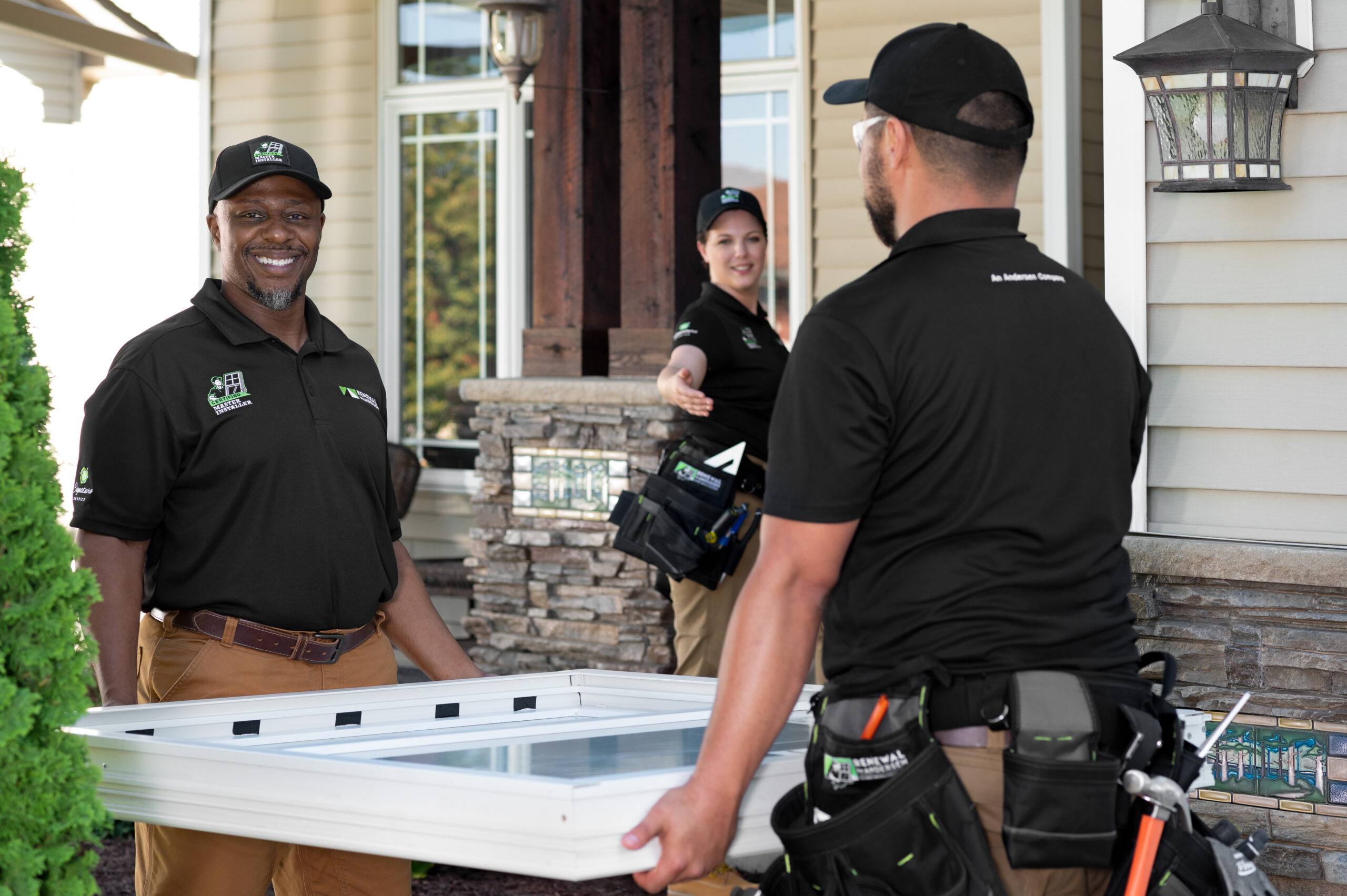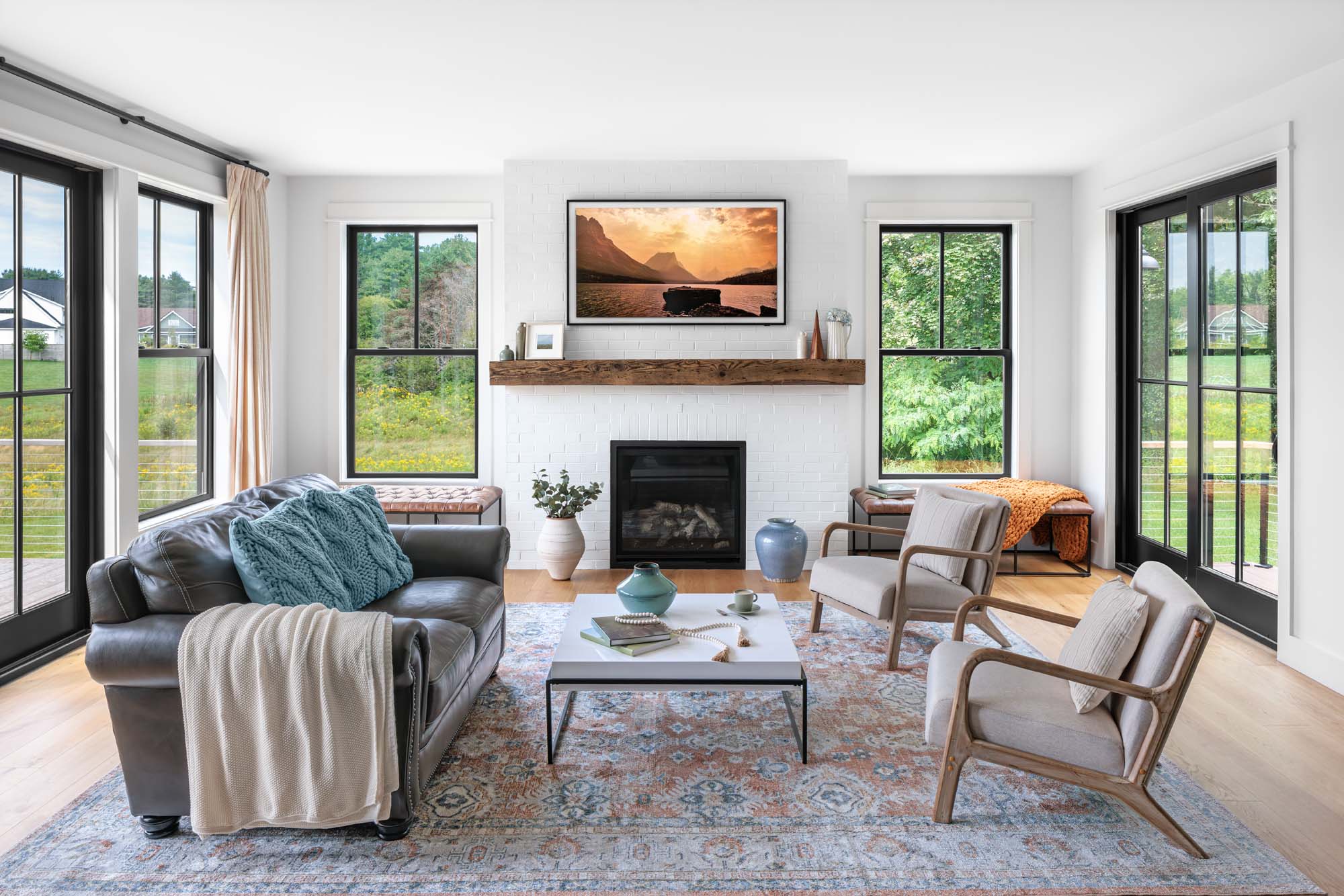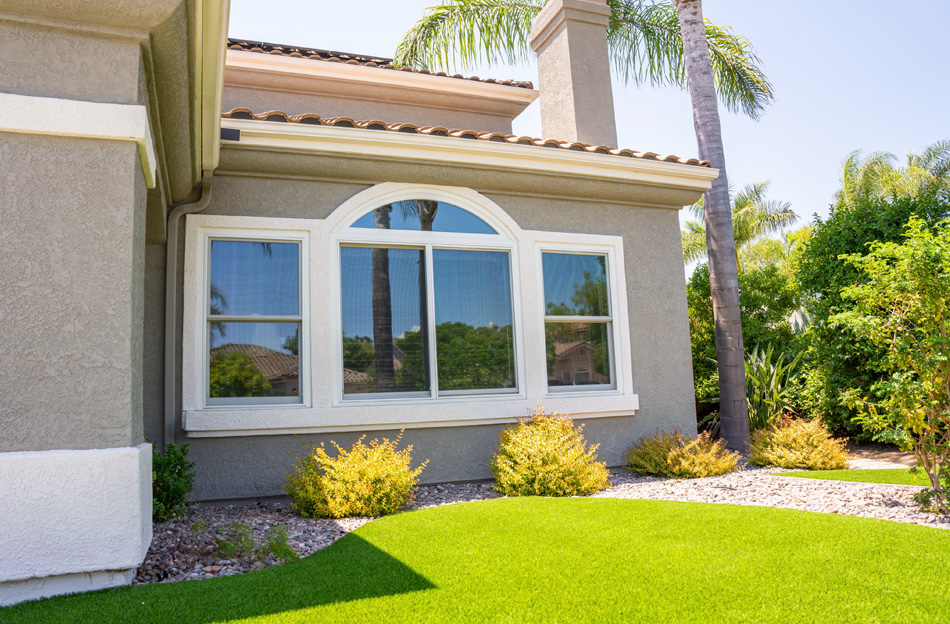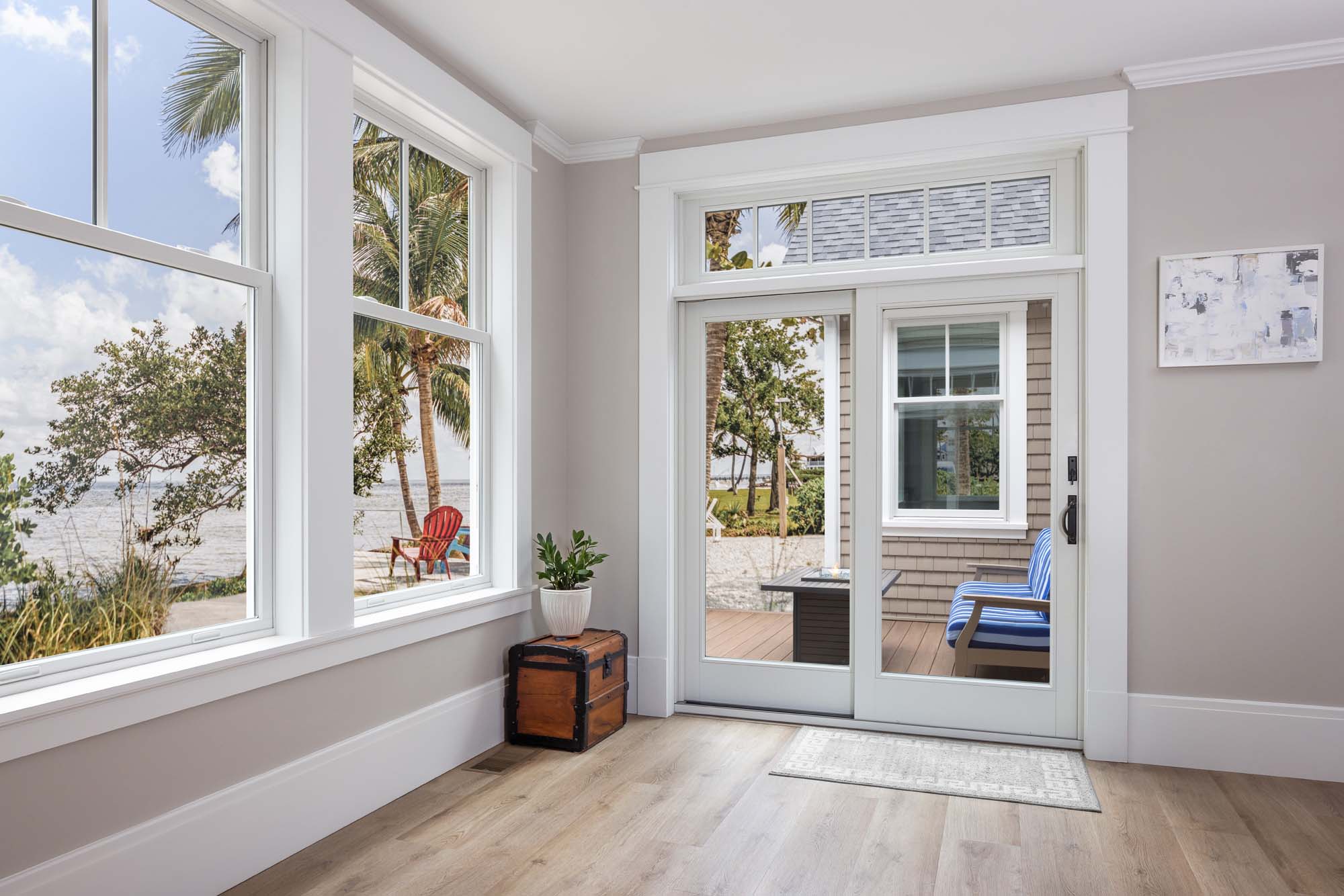Budgeting for new windows can be time consuming and stressful. But with careful planning, you can manage your costs effectively.
Since this is a large project that involves many moving parts – such as the type and number of windows you want to replace and what energy efficiency to choose – it’s imperative to take your time and do your research. Luckily, the experts at Renewal by Andersen are here to share eight things to think about when budgeting for new replacement windows. Let’s dive in!
1. Set a Clear Budget
The first step is to determine your budget, or how much you want to spend. Unless you’ve got unlimited finances, it’s important to establish an expenditure threshold to avoid going over your limit.
Make sure to consider all costs involved, including window materials and labor. When creating a budget, it’s important to be honest about what you can realistically afford. However, try not to prioritize price over quality. Replacement windows that may be a little more expensive upfront are often more beneficial in the long run because they’ll last longer, require less maintenance, and generate bigger energy savings.
2. Research the Costs of Different Replacement Windows
Research the costs associated with different types of windows. Factors such as window style, material, and energy efficiency can greatly influence the price. For example, vinyl and aluminum windows are generally more affordable, while wood and fiberglass options tend to be more expensive but offer better insulation and aesthetics. Additionally, vinyl windows cannot be painted and are difficult to recycle.
Lastly, Fibrex® material (exclusively from Renewal by Andersen) is a type of composite window made from a combination of wood fiber and thermoplastic polymer, offers several advantages over vinyl windows. These include increased strength and insulation, as well as easy maintenance. This makes it a top cost-effective choice for many homeowners.
Make a pros and cons list of each type of window to help you narrow down what factors matter most to you.
3. Get Multiple Quotes

Get quotes from several window installers to compare prices. Ensure that the quotes include all aspects of the project, including installation and cleanup, so there are no hidden surprises down the road. Also remember to not automatically choose the cheapest option; instead, really take the time to consider the reputation and experience of the window installer.
Lastly, check to see when the company is offering a sale or promotion, so you can save even more money!
4. Plan for Unforeseen Expenses
Best case scenario, your window installer can install your windows without a hitch. But what happens if they notice issues like structural damage or a rotting frame during their initial assessment? It’s slightly less difficult to tell when your windows need to be replaced, but hidden structural damage can be easy to miss.
Some examples of issues you may encounter include:
- Bad seals
- Frame damage
- Broken hardware
- Dry rot in your frames
If this happens to you, it’s important to have a contingency fund to pay for unexpected costs that may arise during the project.
Related: 8 Factors that Affect the Cost of Window Replacements
5. Look for Financing Options
Explore financing options that can help spread the cost of your window replacement over time.
Window replacements are not cheap so financing makes it more manageable, especially when you have other bills to pay. Some companies even offer financing plans with little to no interest for 12 months, so make sure to ask about any financing deals when you’re getting a quote.
6. Prioritize Energy Efficiency
Don’t forget about potential energy savings when choosing your new windows.
Look for windows with strong insulation properties and ENERGY STAR® ratings. Energy-efficient windows equipped with inert gas fills, thermal spacing systems, and low-E coatings can be somewhat costly to install. However, the long-term savings make them a worthwhile investment and can save you an average 12% on utility costs annually.
7. Schedule Installation Wisely

There is no “perfect” time to replace your windows. However, spring and fall are typically good times because the weather is moderate, which will make installation easier and faster. Installing during winter may provide some challenges, but talk to your window installer and see if they can work around this situation.
One thing to consider is that off-peak times may offer better rates, and you can avoid delays because they are less busy.
Related: What to Expect During a Window Replacement
8. Don’t Skimp on Labor
Last but not least, don’t overlook one of the most important factors: labor.
If you want to save money, hiring the lowest bidder isn’t the answer. In fact, it might accomplish the opposite. This could lead to low-quality products, poor workmanship, or both in return. As a result, you may end up having to get the windows fixed because they were poorly or incorrectly installed, which will cost you even more money.
Before they finish the job, inspect your contractor’s work carefully and immediately communicate any quality issues that need to be addressed. After all, a great window is only as good as the installer behind it.
Renewal by Andersen: Your Most Trusted Window Replacement Experts

Getting your windows replaced is a huge investment, and only the best will do. By following these tips, you can create a comprehensive and realistic budget for your window replacement project, ensuring it stays on time and within budget.
Renewal by Andersen is a leader in the window industry, serving homeowners across Southwest Washington, Oregon, and the Greater San Diego Area. Give us a call or schedule your free consultation today!





